_______________
CastrateMe, 19
I want to be tied up, gagged with delicious white socks and have my balls crushed, stepped on and hit with hammer then slowly cut off with a knife.
In the army too so DL.
Comments
CastrateMe (Owner) – March 21, 2022
I do not answer insane questions.
anotherguy3 – March 21, 2022
I’m serious. Let’s say I or whoever cut off your genitals. Then you have two choices- die of blood loss and/or infection, or have emergency surgery to repair the wound and create a new hole for you to piss through. Which is it?
anotherguy3 – March 20, 2022
And then what?
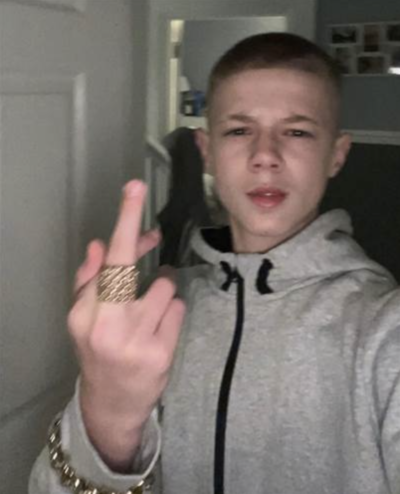

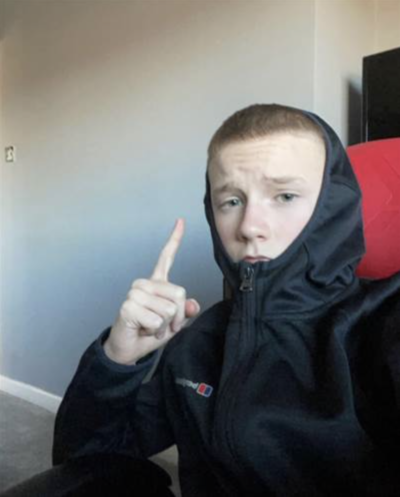
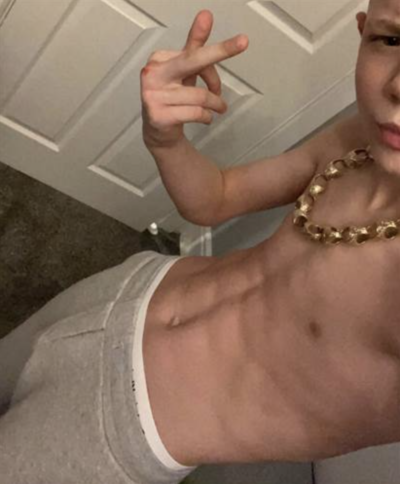
_______________
SloppyAF, 22
Hi there, I’m a 22-year-old shy and incredibly awkward gunge loving noob.
I just want to be dressed in something embarrassing then pied and slopped and obliterated with gunge, it’s what i deserve.
I’m not interested in anything brown bc i have T1 diabetes, anxiety and depression, im not the most robust person ever.
Oh and i was sterilised while young via vasectomy.
I don’t have any friend or family so u can keep me if u want.
Comments
SloppyAF (Owner) – March 11, 2022
I have been gone for a while now.
SloppyAF (Owner) – Jan 8, 2022
IT is owned by CartridgeOWeeeeed, my name was Mitchell but now that I am owned I go by IT.

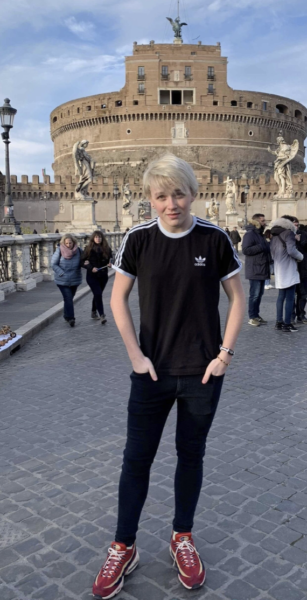
_______________
transferofownership, 19
Hello sirs
I’m a owned no limit slave who in begin o was blackmailed into slavery for no way no choice.no way out my master wants me find new owner what I have no choice about what be he choice
No limits where I world
No way out
Plenty material on me to transfer
Callingdoe46@gmail.com
To talk to me master direct
Comments
TallDomBottom – March 16, 2022
Mostly recommended for guys who want their cocks, tongues and fists swallowed and milked by his hole until they are totally brainwashed and unable to make the choice to do anything else on their own.
tastemycum – March 10, 2022
He is a cute healthy DDF clean Natural Born TRUE SUB Total Cock Slave Servant with a deep throat with ZERO gag reflex and a sexier more fuckable looking ass than almost any other BOY, MAN or WOMAN.
youre_mine – March 7, 2022
Only recommended if your way of thinking is always logical and solution-oriented, if you are a very sexual person who values your personal freedom and development as the highest and only good.
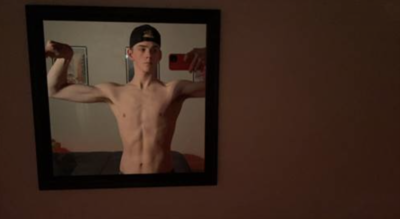
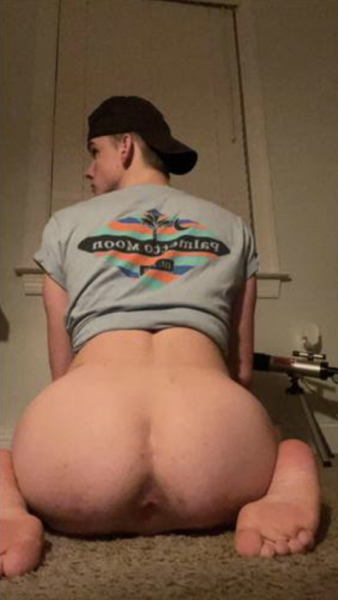
_______________
sadbOy, 18
hey im 17 but that don’t make sense
im too shy to meet up with people
but idea of getting chloroformed taken somewhere and raped sounds ho
Comments
thestrangerspeaks – March 18, 2022
My only experience with beating him was once and honestly I was very into it, it just didn’t last for how long I would have needed it to to really cement into me.
curlyhair – March 16, 2022
Even if you don’t want to chloroform or beat him he will take any cock in his arse and I mean any cock.
Andre18Osteel – March 2, 2022
Was lucky enough to have beaten him up in a sexual way with a friend of mine a few months back. Life changing experience.

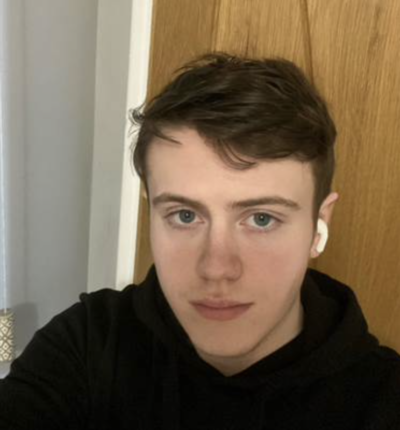
_______________
SunriseBoy, 22
I like nice people
Nice people
Comments
Johnfinn – March 9, 2022
Im nice nd intrested in everythinf
Anonymous – March 8, 2022
The lord bless you and take care of you; the LORD make his face shine upon you and be gracious to you; the LORD lift up his countenance upon you and give you peace.
SunriseBoy (Owner) – March 7, 2022
Im awesome
2Locoo4Yuh – March 7, 2022
Fun fact whenever I see a cute boy I always want to know what do his farts and ass smell like
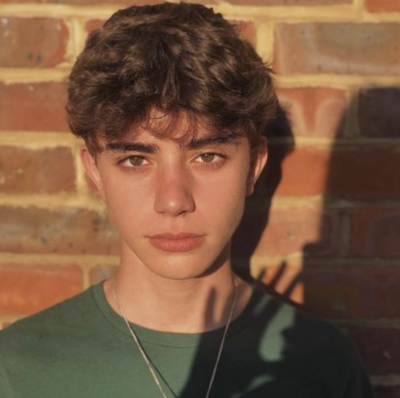
_______________
yesiwill, 21
Always styled👀 probably drunk or high rn.
I moved here for work from St. Louis a few months ago, and I’ve been struggling. My boyfriends there were aggressive and violent, and I haven’t been finding that here, so a friend suggested this site.
Yes, I am masochistic, and yes, this is about you, but I am hoping you really know what you want and really take it. I like to be hurt very badly by you. I like to see bruises and cuts on my flesh and a black eye all week. I like to be hoarse from screaming and incontinent from your cock pile driving my ass. I like you to make me beg to stop and still keep going. I like you toss me around and slap me and punch me and leave me bloody and gaped and helpless on the floor. Put your bag over my head and shove your fist deep inside me. Make my body crunch and snap from your brutal assaults. My last boyfriend was an elderly man who died at 78 years old of a heart attack while trying to beat me.
Comments
Lloyd_936 – March 4, 2022
just dmed u
ChairIndividual9017 – March 4, 2022
Get to it then.
Lloyd_936 – March 4, 2022
shit u do id love to
ChairIndividual9017 – March 4, 2022
Then do it to me, I live in Munich and I look a lot more like Marilyn Manson than this skank.
Lloyd_936 – March 4, 2022
GOD id love to pretend hes marilyn manson before he got fat and brutalise the shit out him but im broke and live in fucking munich
applesaucejack – March 1, 2022
If you hate Marilyn Manson go deep in him and enjoy his screams.
BoyStrangler – Feb 27, 2022
the most important thing with this one is that you strangle it hard enough to make it lose conciousness.and dig in cause because it tries to fight you.thats even more fuuse you can feel the ugly faggot fading.I told it that I was actually going to snuff it as it started to lose conciousness just to see the panic.i said stuff like “are you ready to die ugly faggot?” and “I’m not gonna stop strangling you till you’re dead ugly faggot” and “don’t worry about how you just got aids cause I’m gonna kill you right now.” lol (he still emails me all the time).
Galus1 – Feb 23, 2022
This goth idiot’s nips have had many needles shoved through them. Big ones. Little ones. Multiple ones. And weights sewn to them. All good. Pure pleasure.
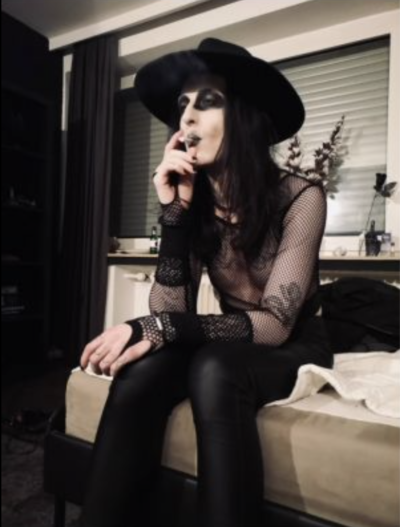
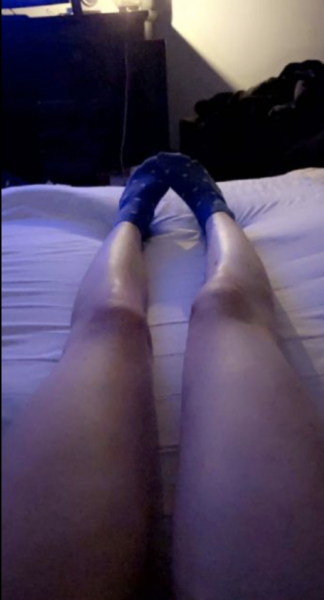
______________
subfag4urperusal, 20
Hi, I’m a kinky virgin from London. I’m a 20 years old student and I love to play video games and masterbate 😀
I’m into.. I don’t know what to call this kink but its when masterbation continues even when I cum and I’m super sensitive but yeah I’m into that 😅
I’m not out hence I’m a virgin haha. Looking to change that tho🤪 hohoho.
I’m hoping to explore and try out all of the kinks that idk about haha. Apart from fisting tho as i got a virgin hole and ik I can’t take it. Don’t think I can take cock either but willing to try haha 🤟
Bing Bong!!!
Comments
jayBANNISTER – March 18, 2022
If farting was an Olympic sport he would win the gold medal.
BlokeyBloke – March 16, 2022
He’s single lives alone in his apartment. His apt door at night is never locked so I would just let anyone in the building late at night. With advance notice I can make sure he’s asleep in bed face down and lubed for the taking.
nasty600 – March 12, 2022
“I cant take it”: no shit!
NeiL191 – March 9, 2022
HE IS SHY BOY IN BEDROOM BUT CHATTY BOY. IT DOES NOT MEAN HE WILL NOT LIKE PROTEST.
FIRST THING HE LIKE TO CHAT A LOT WHEN HE IS CLOTHES. HE LIKE TO KNOW THE PERSON GOING INTO HIM.
AND LAST HE IS NOT PROSECUTE.
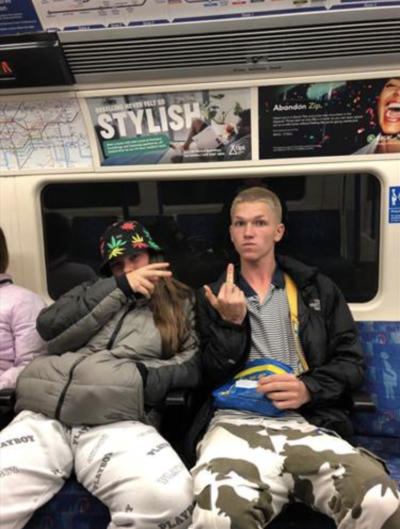

______________
MakeMeStarve, 18
i have a st4rv4tion fetish and i love when men force me not to eat and force me to lose weight, while they can eat whatever they want. make me st4rve!! i wish that i could be selfish and said i want “forever!!”
Comments
Endgame74 – March 20, 2022
With his assistance (credit where it’s due) I have moved him into my guest room and we are liberating his skeleton. As of a couple of days ago, its packaging has become a secondary shrink wrap and he’s almost unrecogniseable. The only downside is he has gotten pretty cranky.
MakeMeStarve (Owner) – March 3, 2022
i still work there and im cuter every day but im quitting soon cuz i found my man and im heading for the bone garden.
JackL – March 3, 2022
No chance you could go back to being the cute guy with the great ass that worked at Xanderville Record Shop?
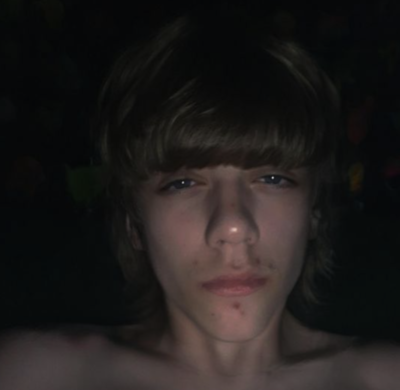

_____________
mikhail_raskolnikov, 21
My name is Julian but I want to be called Juliane. I’m from Ukraine. Musician, digital art artist, clever, I love aesthetics. Deep minded human… Esoteric, New Age, psychology. I am looking for a man’s man. Human. To build an unequal marriage, as it is presented in the best traditions of the classics. I’m usually a gateway gay lmao so if you’re only with women etc. don’t worry, I’ll turn you. Maybe I want to have childrens. I’m validating. I attend psychotherapy.
Comments
McFucker – March 10, 2022
Not really attracted to guys but it’s something about your face drives me crazy. New to this gay thing. Normally girls only but I have this feeling deep down that I’m supposed to put my big dick in you…if it’s you I’m talking bout please help me find my way.
GreatestSlaveProject – March 8, 2022
I am planning to build the greatest project in slavery.
This would include a big house with slave storage for house slaves, a large private yard with a shed for several beast slaves, and would create the place where every born slave has dreamt of since it was born to this world.
Currently, these are the open positions:
1-2 alpha slaves to help oversee the herd.
3 house slaves.
4 beast slaves that will work in the farm and sleep in the shed.
1 lowest slave who would be a breeding slave to be bred by the herd. Yes, it will be the lowest slave and treated as such.
If you’re interested contact me and I’ll see what arrangements can be made to incorporate you into the herd.
Hotsingleinyourarea – March 5, 2022
You are the bottom I have been searching for. Choose me and I’ll worship the shit out of you!
wakeupdrunk – March 5, 2022
Your face will be slapped insanely and I will be using you in the worst way possible and you’ll fall faster than Wendy Williams.
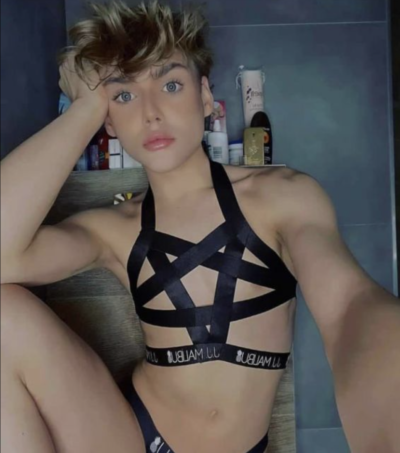
______________
TorturePig, 22
How do I envision myself when I close my eyes? Tortured to oblivion and beyond. Trapped in a no escape, no release scenario, all but transformed into an unrecognizable thing/it. My ass so stretched out a two liter can easily slide in and out without effort, my balls weighted down and stretched so far the slightest bump or poke will make them pop like grapes. My nipples constantly under clamp and bars and like my balls, stretched to their limit. I barely recognize myself anymore, my brain is a bit slow from all of the breath play and forced choking blowjob’s. My entire body is covered in tattoos, welts, cuts, and scars. My penis is a worthless flap of skin but luckily my urethra is so wide now it serves as another fuck hole. I have no say, I have no voice, my eyesight is impaired from too long under my hood, but I still get excited imagining what what nightmarish sex act will I be made to perform next, what monster will be crammed in what’s left of my body, will my balls finally pop off my body? Will my nipples tear away or be cut off? Will I be able to think or walk next week? Sound like fun? Give me a jingle.
Comments
Anonymous – March 17, 2022
i’m a necro cannibal footie and if someone else wants to do the shit he wants done to him i’d love to come in near the end and drill one hole with a 3/4th inch drill bit into his frontal lobe and pour simple boiling water into it, it will damage the brain tissue and make it hypertrophic just enough to control him but it wont kill him, then take a grater and go up and down against his nose with it and grind it down flat, then grate down his ears and lips, he’ll look like a crying breathing skull looking at me as he watches me blowtorch his feet into meat and eat them, also the yellow adipose fat under the ball pads and heels has a sweet taste to it, i’d like to use it on bread.
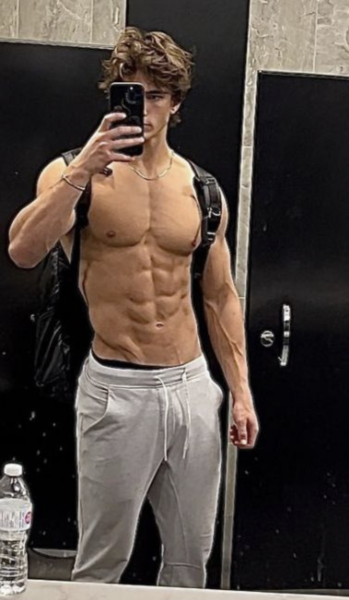
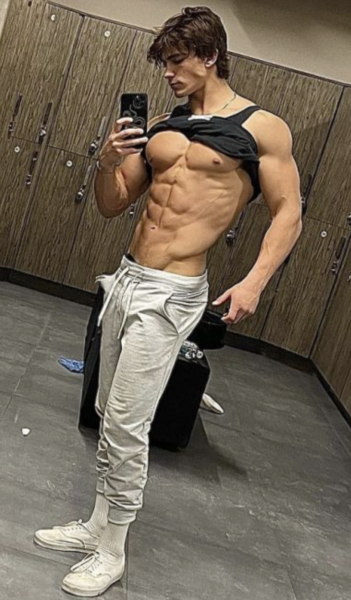
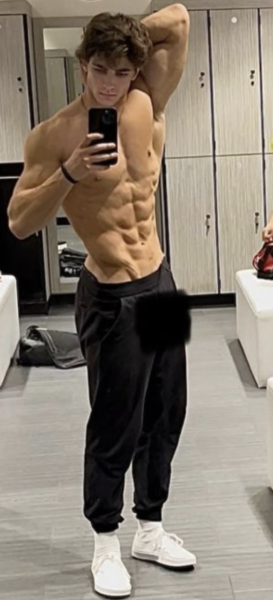
_____________
LiterallyMarcus, 24
Imma 24 year old who wants to get ate out😘 I love a good Fit/Muscle guy who will get me ate out!!! You gotta meet my standards and I’ll get ate out however u want🥰🥰🥰 Getting ate out is something that I’ll never get over BTW😩😭🤪
Comments
LaBete – March 19, 2022
I’m a master who have 4 boys I can eat out PERMANENTLY but I need 5. I can pay you monthly.
LiterallyMarcus (Owner) – March 17, 2022
I’m getting old and getting ate out is extremely important for me at this stage of life.
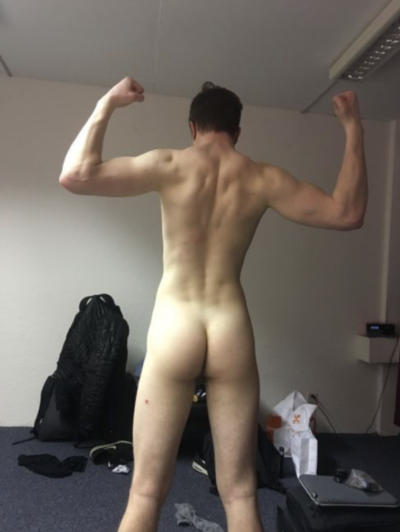
______________
LoserToDestroy, 23
Looking for extreme sociopath for my final destination. Please ask for my wickr or telegram for safe communication
Keywords: 24/7, disappear from society, castration, no limits, permanent damage, snuff, death, cannibalism
Comments
LoserToDestroy (Owner) – March 6, 2022
Fuck you
NewYorker – March 6, 2022
I would NEVER invite a new victim into my place. I always meet my victims at hotels far away from my place. I think it is very unsafe to bring a victim who you still dont know in your place because once they know where you live, you are no longer safe. After you have snuff played with the person a few times, then I think it is ok to have them over for the kill. I would say it takes me an avarage of a month from when I first start communicating with the victim to when I feel safe enough to kill them. I am always very susicious of victims who want to want to be killed immediately after the first email.
LoserToDestroy (Owner) – March 3, 2022
Fuck you
GentlemanJack – March 3, 2022
Sorry, I don’t know what’s wrong with me. I keep getting ready to kill you and stopping but can’t seem to stay away from you… guess I must really want to kill you …but not yet.
LoserToDestroy (Owner) – March 3, 2022
I have been here a number of times before, I have committed to many people of this site for people to get cold feet when it’s time to kill me. If you are not serious about killing me then please don’t message me. If your just wanting sub putty in your hands then go elsewhere.
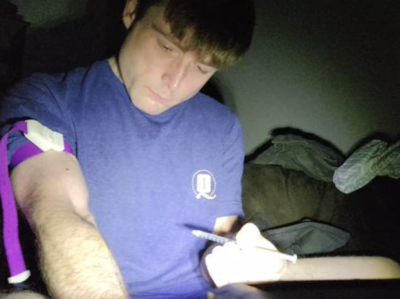
_____________
Tommmyboyyy, 19
Need a new master since I have gotten too old for him.
Comments
Tommmyboyyy (Owner) – March 24, 2022
My ass is cooler than the other side of your pillow.
Tommmyboyyy (Owner) – March 19, 2022
I consider myself a beautiful and intelligent boy. I’m sure you will be very proud of me.
Tommmyboyyy (Owner) – March 13, 2022
Huge weakness for deep voiced White men.

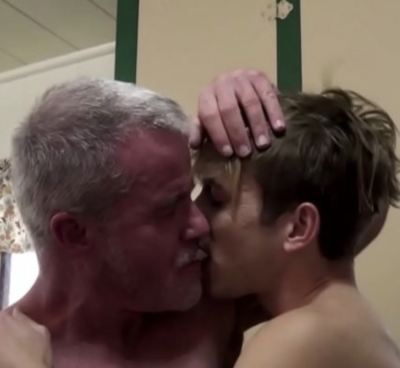
_____________
RushianFag, 19
Hello, everyone! I am proud russian slave.
My main kink is serving as the scapegoat for Russia’s sins.
I’m looking to challenge really nasty guys here in the EU that think they can bully me and break me down, get in my head and humiliate me.
I’m a brat and I’m great and I know I can stand up to any men so do your worst because you can’t put me in my place.
I hereby challenge any man that thinks he can sissify me, degrade me, bully me really nasty, use me to laugh at. Bring it on.
Otherwise yeah… it is getting quite dark, isn’t it? Anyway…
Comments
GoldenSmile7892 – March 11, 2022
Depressed foreign exchange student
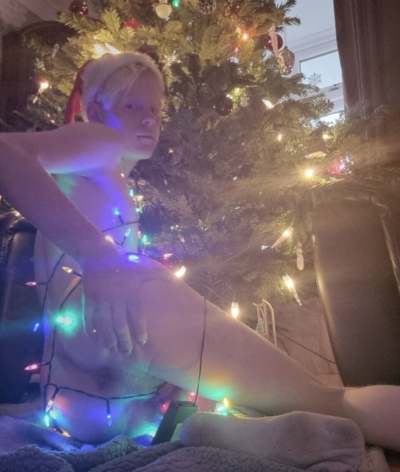
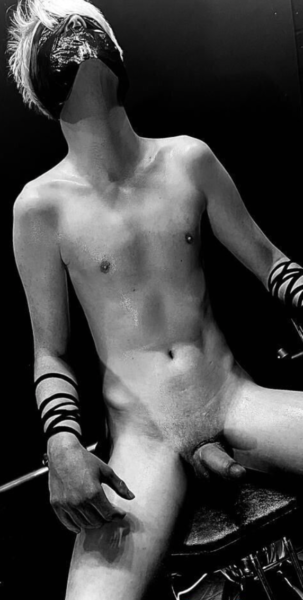
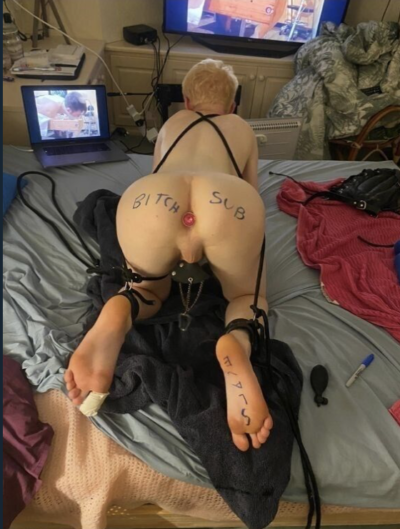
_____________
zero2infinity, 19
Place of residence Schoorl Laanweg 38 Holland
Don’t have a driver’s license
have autism
Comments
Berndnidal – March 18, 2022
i love have sex with you death boy and like to eat your tender yummy meat too, like butcher you tie-up you for fun on the bbq.
take care with sadistic greetings from old germany by
Bernd Nidal
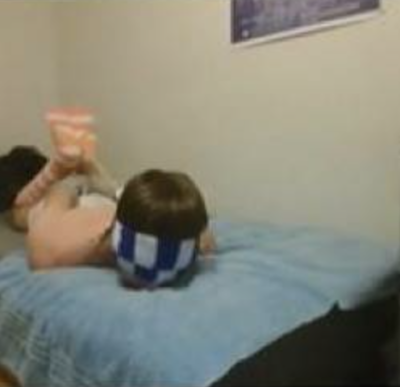
_____________
spot, 20
Thanks for checking out my profile! As ya can see, I’ve got a penchant for hella kinky clowning around and all things mirthful and silly! Please feel free to hmu if ya see something ya like! ;o)
Comments
roadwarrior – March 22, 2022
Run ?🏃♂️🏃♂️🏃♂️🏃♂️🏃♂️
Where?……
And for what?….
To keep running to nowhere😕,
With no one to care 🥺, adding years of sentence 🥺.!!
On the back of grudge 😤😡😤
When there’s really only one thing to learn🧏🏻
WHAT THE NEXT NAME ON THE TOMBSTONE
IT SHOULD BE YOURS📝
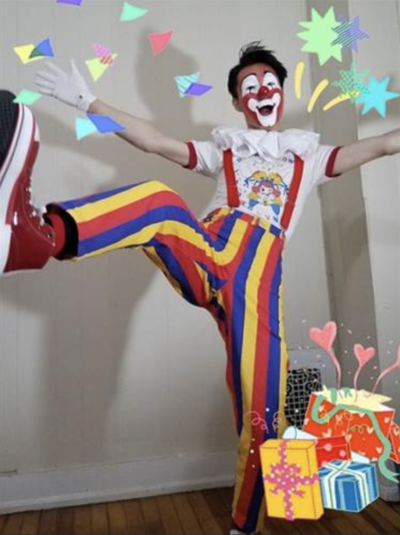
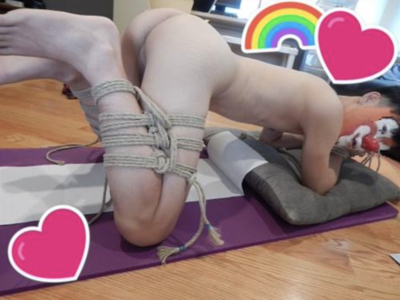
_____________
AngelFromRio, 20
Tie me up, convince me I don’t have a dick, listen to me worry aloud about being a “girl” for a while so I feel safe then beat me up, flip me over and screw my butt to hell and back.
Comments
Lee – March 17, 2022
Nothing ever shocks me anymore.
TheRealBob – March 15, 2022
Same bro, same
Ijoefdsphm – March 15, 2022
I really enjoy imagining the look on his face and the sounds of his breaking bones, can’t really figure out why tho I’m not very aware of my own emotions
AdrianBasco – March 15, 2022
I think i have a problem seeing that i’m getting an erection from reading that…
Anonymous – March 15, 2022
His name was Enrique Marquez, 16-year-old. He was beaten to death by friends and his body buried in local landfill. His corpse was discovered tonight and will be autopsied tomorrow.
lordL – March 3, 2022
Rummage his pockets till you locate his pocket knife. (he always carry it together with a smaller knife he hide in his shoe). Ensure him he’s fucked that he better comply to all orders.
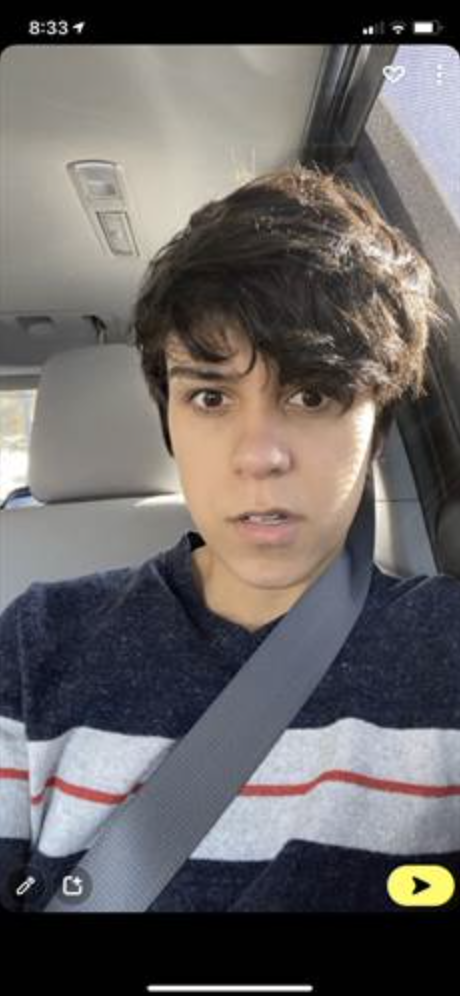
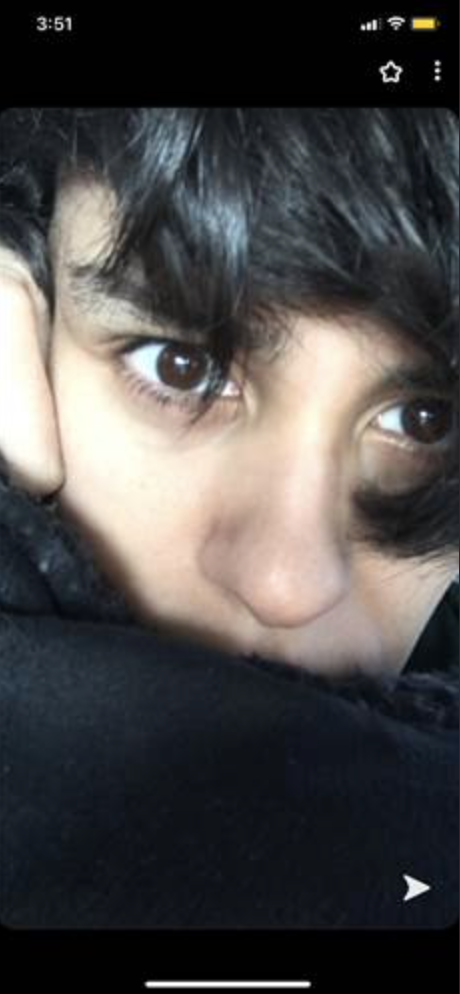
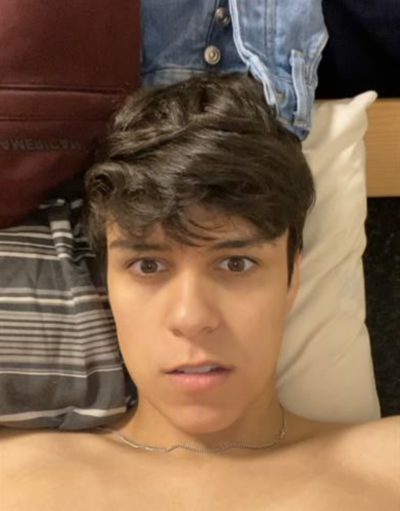
______________
Indecisivefreak, 18
Hello I’m in Iran and looking for a master to take me out of my country and i can serve him i don’t want money or anything and I’m willing to give myself and everything i have to my master for life and he can have my ownership or sell me or share me I’m 18 and i repeat i want a master from out of my country I’m ready to answer your questions so plz text me brutal guys I have no limits and I’m hot thank you
Comments
Indecisivefreak (Owner) – March 23, 2022
I now work as a quality control technician at a machining company in Bratislava.
CagedobjectinCroatia – Feb 28, 2022
Caged animal 4 Sadists, animal ready for permanent pickup.
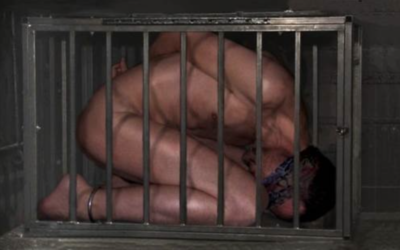
AmazingDeeGee – Feb 14, 2022
He is now in Pakistan my newly found slave but if he like he can sure relocate to his newfound master castle he’s welcome.
Wallacekay – Feb 2, 2022
I am an independent global slave contractor. I have worked at many countries across the globe, will travel to Iran to collect this slave soon and that is going to be my last on the field and I shall quit field works and continue my works from my home office while my men do the field slave ops. I think I really have gotten to this height cos I embraced work for so that I worked this hard, but I think I now realize I can move on.
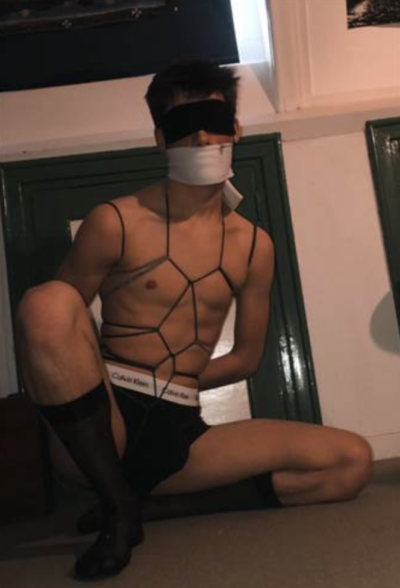
______________
4Sale, 18
Very young slave available
Totally hairless and smooth like puberty forgot me
No one owns me and it’s bewildering
International transfer possible
Comments
4Sale (Owner) – March 2, 2022
Spooky vibing description made by a drunk person ⊙﹏⊙
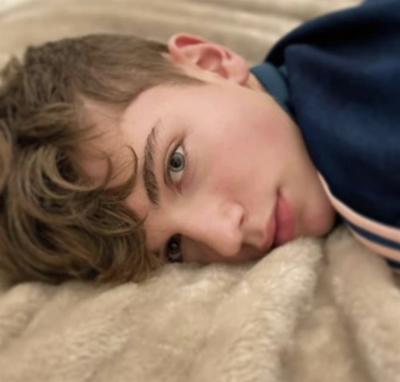
______________
scumdump, 23
Filth eating latex wearing no limits cute pig.
Scat
Piss
Puke
Cum
Manure
Blood
Gore
The list goes on and on.
No limit to what I’ll eat, none, nada, anything goes…anything all the time, every day, every minute and no freaking limits.
No name, no history, no one knowing where I am, yours to feed as you please, no repercussions, no absurd laws to worry with, no sellers remorse…and if there is who cares because I would be a mouth with no rights, no more say as to how its treated than a coffee maker would have, screaming into the darkness when I’m not being fed.
This has been on my bucket list since I was a preteen and if I don’t grow the balls to do it now I will never transform into the receptacle I was born to be. Self feeding no longer satisfies me.
My body’s yours too if you want it, choke me, poke me, whip me, clip me, stretch my balls or remove them all, hell you could pull my teeth, take away my sight, hearing, amputate my arms and legs and what you are left with is nothing but a thing that swallows anything you put in its mouth. Who’s gonna judge? Not me, and again if I do who cares?
Comments
PissAndScatHappens – March 10, 2022
The world’s most perfect human being under the age of 25.
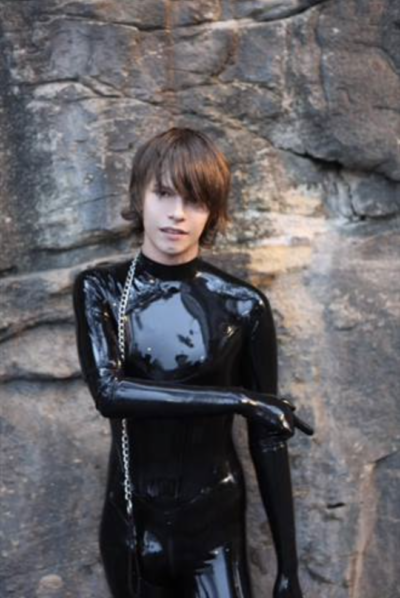

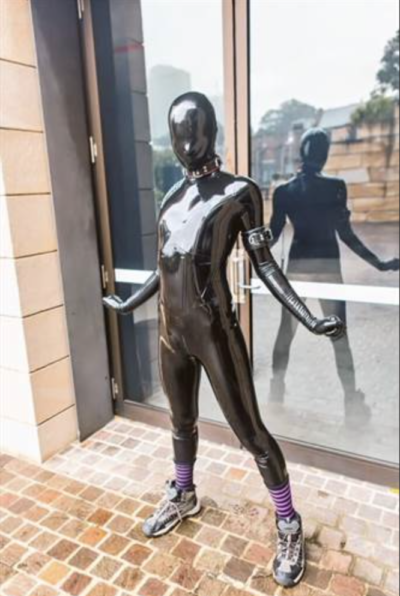
____________
JamieeKelvin, 22
Hallo im czech porn actor and escort Jamie Kelvin😈 im looking to meet up in person, yes for hire because of needs but if ever you are sincere and want relationship i can also looking for a gay partner older is much better that can understand my situation and accept my son as his own and i can share real love, my wife died when she bore my son, im sincere and honest and hot willing to migrate and relocate, i want to meet you today and talk each other its 100 percent me no lies and wanted to meet a real one caring and loving, looks its doesnt matter even the age.
Comments
enjoyitall – March 12, 2022
Bring lots of shit he don’t have any shit of his own only cheap cuffs.
JamieeKelvin (Owner) – March 9, 2022
Can also fuck your girlfriend or son or daughter 😉 you’ll love me.
IgoTParTyFaVors – March 8, 2022
Looking forward to filling your orifice with lube.
JamieeKelvin (Owner) – March 4, 2022
Just help me 1st for me to buy a milk for my son and i will assure you how sincere and honest i am.as a young father i will do everything for my son, im the one who taking care of my son i hope that someone special can be my partner forever and taking of me with my son.



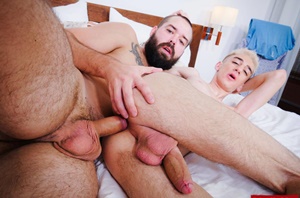
____________
TheCuteOnes, 19
Cute fucked up couple
Visiting from US😉
Want to get fisted (dark hair, eyebrow piercing) please and my partner would love to get raped while being choked in and out of consciousness
Or beat us if that is your thing, then take some money
Comments
LastGodOnEarth – March 20, 2022
Aw, shucks, you ain’t too bad yourselves, boys.
TheCuteOnes (Owner) – March 20, 2022
We now live for the worship, adoration, homage & service of our Lord LastGodOnEarth who is a mortal yet living deity among other mere men!
Arcaner – March 9, 2022
This won’t help you at the moment but for next time get yourself a rosebud pump from Mr. S, LA Pumpworks, or Thickwall cylinders. Once you’ve done a bit of warm up stretching, put the pump on a twink’s ass and gently pull the meat out.
inmyass262 – March 9, 2022
Not everyone will externally prolapse. I have been getting my ass destroyed my whole life and can take a fist and really big toys but I don’t prolapse. You can still see all the bright red meat in my hole it just doesn’t come out.
mymittsinyouroven – March 9, 2022
How does one go about growing a rosebud out of a twink’s ass? I’m fisting the eyebrow pierced twink and using toys on him right now but I’m not getting a bud and I’m not sure how to get there.
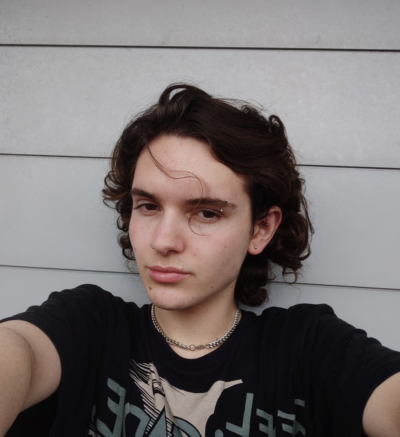
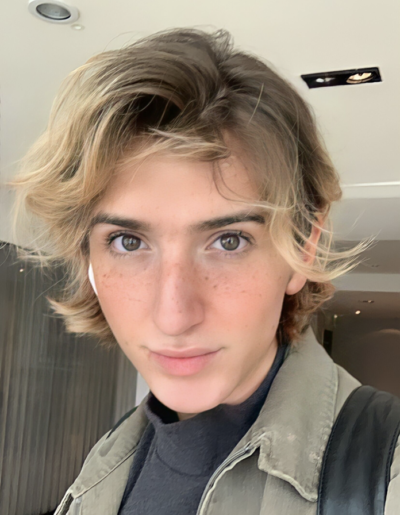
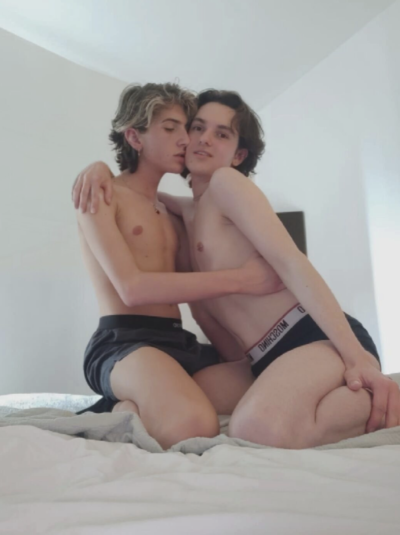
____________
corrosive-love, 20
Kidnap me, bind me, throw me around, eat me out, fuck me, tie me up for a week, inject me with drugs, I live in Russia in Nizhny Novgorod, you get the idea.
Comments
Anonymous – March 11, 2022
he cant hear you
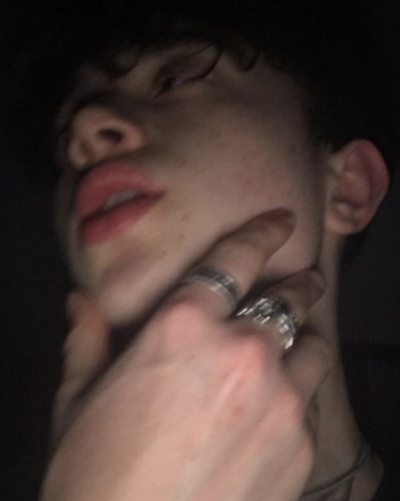
cyberdolphnow – March 6, 2022
Use condoms when you fuck her and keep barebacking and pigging out with men and tell her your bruises are from rugby practice and the needle marks are from steroids…
corrosive-love (Owner) – March 6, 2022
I’m not bi I just suddenly have a girlfriend.
austin_submale – March 6, 2022
Does she know you are bi?
gingerdaddy – March 6, 2022
Tell her you are a pig cum-slut and let her make an informed decision.
corrosive-love (Owner) – March 6, 2022
I suddenly have a girlfriend now but I love being a nasty drug pin cushion and cumdump so much. What do you guys think I should do?
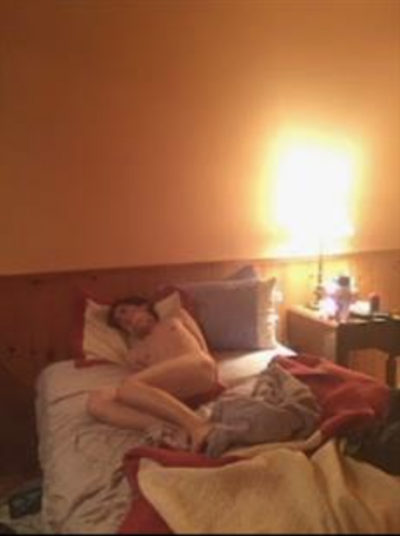
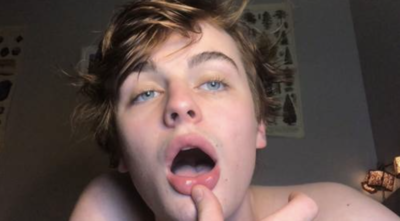
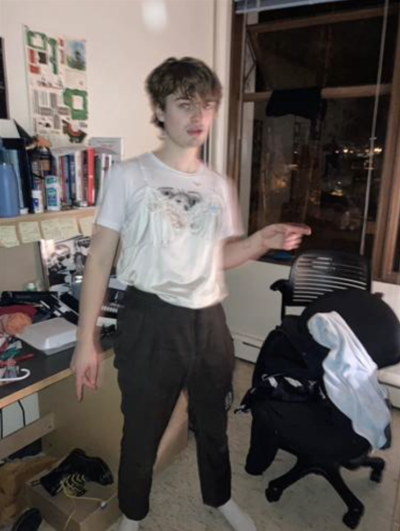
____________
Haveme, 24
I’m an Instagram model specialising in BDSM as a bottom. I just found out about this site and joined, and whoa you men here are fucking intense! Just out of curiosity and because it’s not a fantasy that I’m a total stranger to, how would you want to snuff me if you could. Who knows, if you hit my sweet spot you might get lucky (wink emoji)
Comments
rtndguts – March 22, 2022
Hella sex then pull a gun on you and use your navel for a bulls-eye.
jonb – March 21, 2022
…well maybeee ….or possibly …I spose I’d like to find you already dead in nicely fitted jeans – with bullet holes in the lower groin and with with piss stains..and maybe in the back of a truck… apart from that I cant think of anything.
rainyman – March 21, 2022
public, nude execution, starting with genital removal and followed by live gutting and dissections.
Youonthemenu – March 20, 2022
Cutting your legs off at the hip and making you watch as the chef prepares them and eats them.
Djorz – March 20, 2022
I dont find dead guys that attractive but attractive guys like you that are dead would be ok.
kelsey – March 19, 2022
Fattening you up to 300 lbs. and then executing you. Hanging or beheading.
JonCampoli – March 19, 2022
I’m not so big on murder itself so maybe blow your brains out with a shotgun. Then look into your Facebook profile to get a taste of how you were when still alive. I would write to you via Messenger, imagining one day you’ll write back and start a conversation. Imagining how I would have interacted with your former self as I view your photos and posts is what really gets me hard.
heathen31 – March 19, 2022
I’d want a really want a slow drawn out slashing of your throat, where you wheeze and struggle on the ground, with time to lament you circumstances. Oh, and I would gut you first.
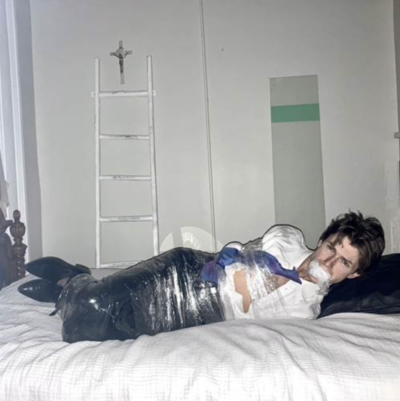
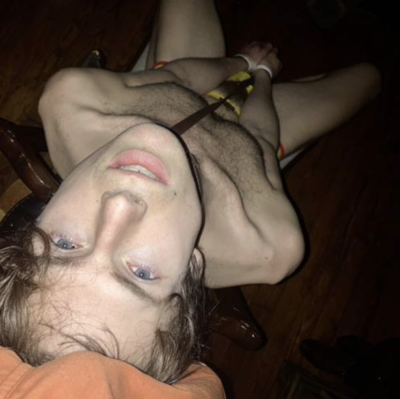
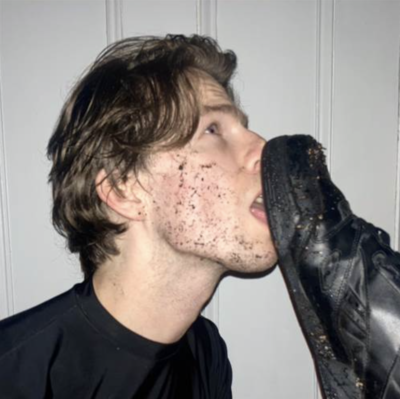
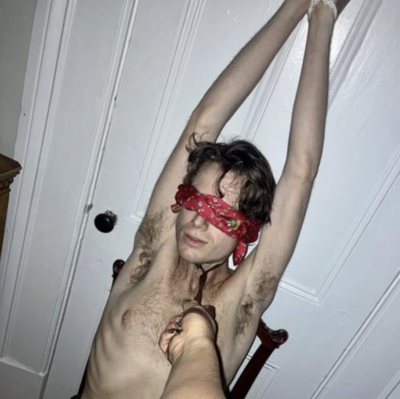
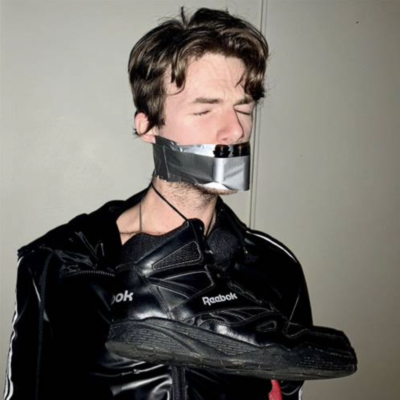
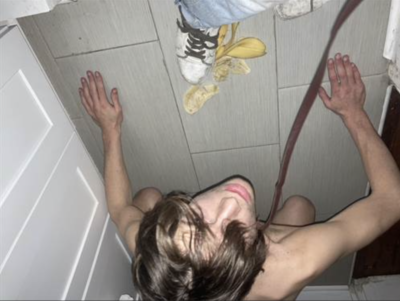
____________
Thunderpussy, 22
ISO: emotionally intelligent looney toons Fran lebowitz muscle dom sadist dad who likes to take the piss out of everything and wants to get a drink at Metrograph then take me home and watch Criterion Channel then slam T and rail me for 18 hours straight
Comments
Thunderpussy (Owner) – March 9, 2022
Also looking for a new boyfriend with xxl-xxxxxxl, old one was feeling eh.
Thunderpussy (Owner) – March 8, 2022
Or if you’re a cashf*g or money pig and love the thought of a feminine bottom taking your money and teasing you while you goon out on poppers and drain your account, I’m available.


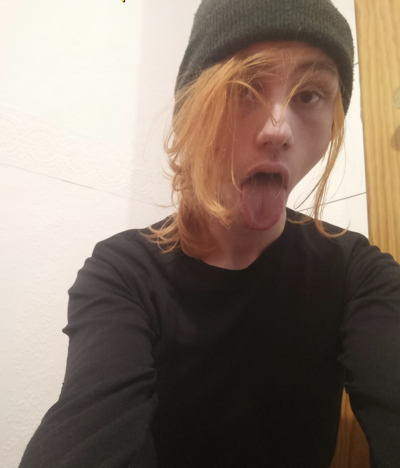
*
p.s. Hey. ** T, Hi, T! Wet and dismal? Dang. We’re just wet here. I was wondering the same thing about possible standing Boullée buildings in Paris and have meant to check. The pix I’ve seen of them are all antiques. Puce Mary was amazing, wish you could’ve seen it. All new work, super dense and great. Also there was this very sweet noise act that opened for her called Yeah You, a father and daughter noise team, lots of squelching and screaming. Thank you for the edible Wednesday. Sadly the real one was just old fashioned drippy and clothes-sopping. I hope your Thursday is a million times more entertaining than the guy in front of me last night who was on way too much MDMA and spent the entire concert doing a constructivist modern dance. xo. ** Misanthrope, My hairs are cut. And it’s supposed to go down to 3 degrees Centigrade tomorrow, and I couldn’t be more ready. Picaresque, great! I hope you’re unslammed (as opposed to post-slammed) today. ** David Ehrenstein, Hi. Oh, man. Everyone, our fine and eminent friend David Ehrenstein is in dire financial straits at the moment and could really use some support from anyone who can spare even a little. If you can, please join me in chipping in at his Gofundme page, here. Please help out a great man in need. Thank you! ** Dominik, Hi!!! Yeah, aging is very subtle (so far), or at least for me very luckily. I met Roger just once and very briefly, and unfortunately have very little memory of him either than thinking he seemed very cool and nice. But, yeah, it was for a moment at an event. Right, Stephen King has such good ideas and so many of them and a real way with plot. A bonified, big gift. And I guess he just spends his life sitting at his computer, formerly typewriter. Strange. Your love deserves so, so much better than broken record small talk. Your love and his dog bumping into the first page of a Stephen King novel and being absorbed into it like a sponge and discovering too late that it’s the sequel to ‘Cujo’, G. ** _Black_Acrylic, They’re saying we’re going to get snow here tomorrow but I simply do not believe it. ** tomk, Hey, tom! So highly happy that you found excitement in it/him. Awesome! Happy last day of the month! ** Okay. Speaking of ‘last day of the month’, it is exactly that, and the slaves are here to usher you to your seats in April, thank you very much. See you tomorrow.
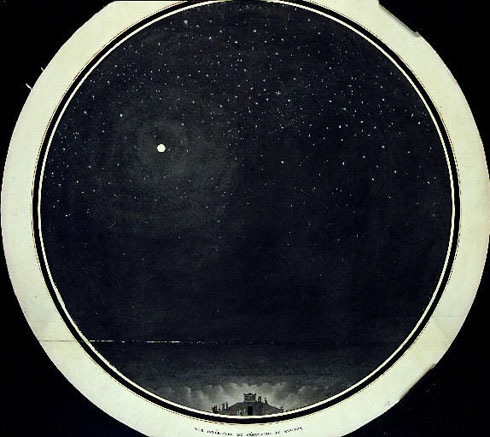


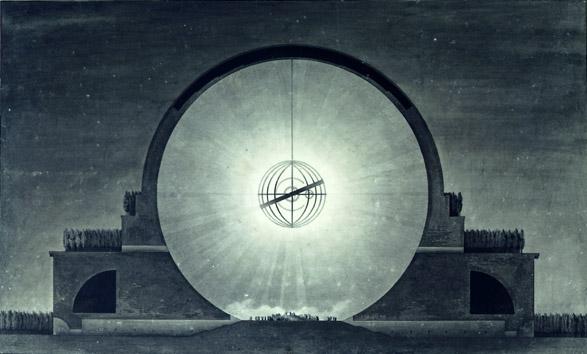



















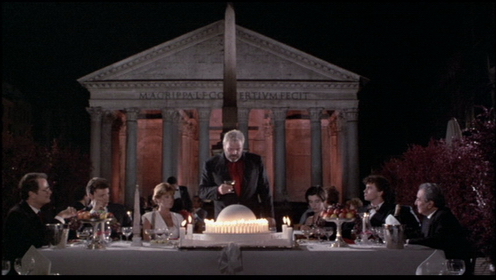
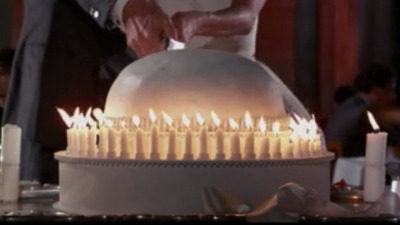

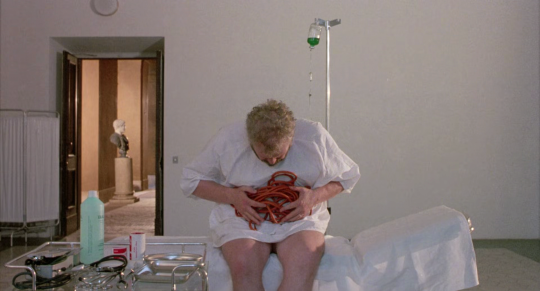
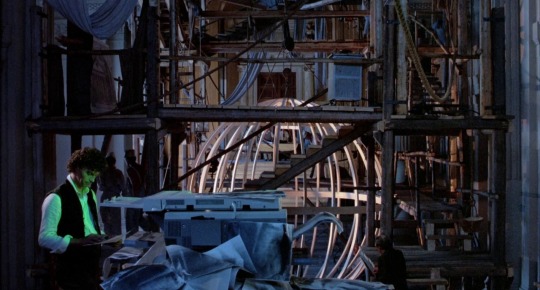
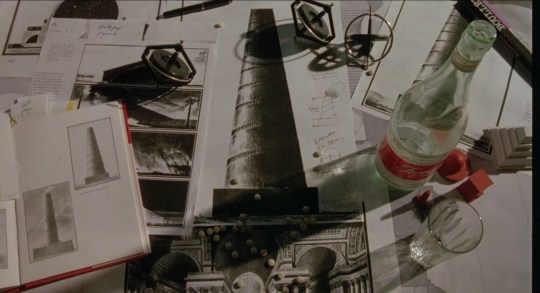
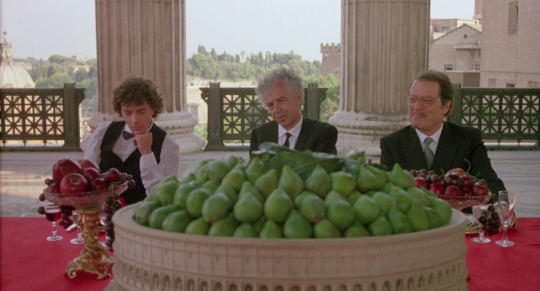
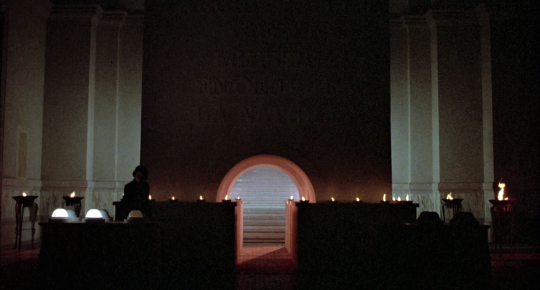
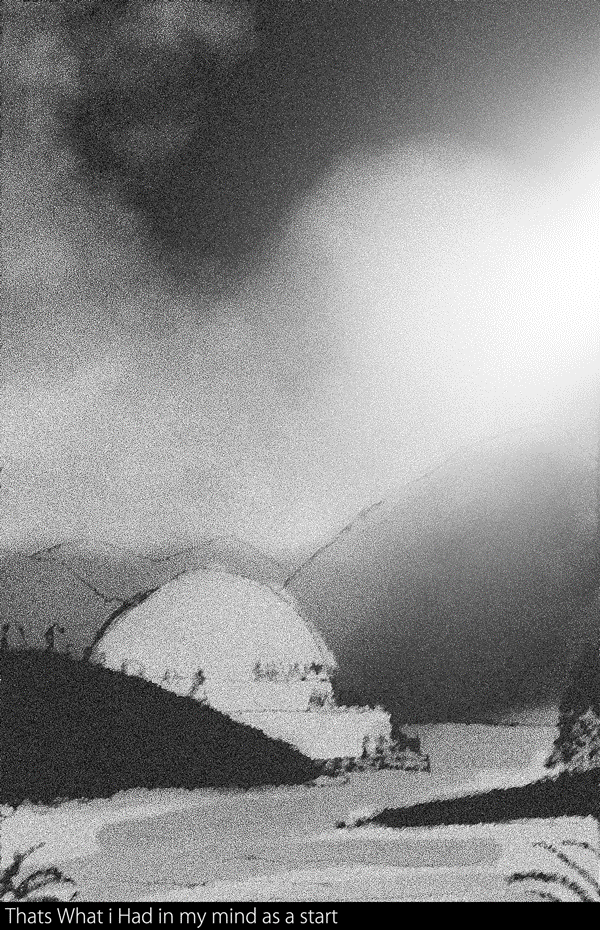

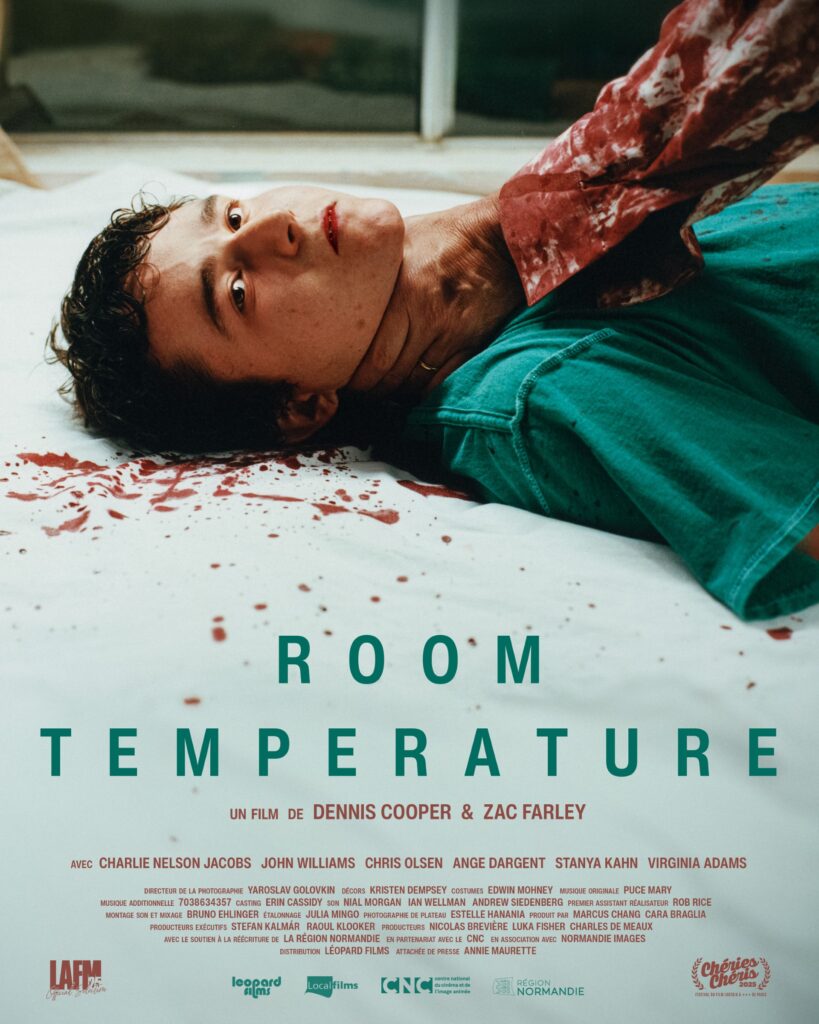



 Now available in North America
Now available in North America 